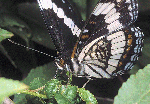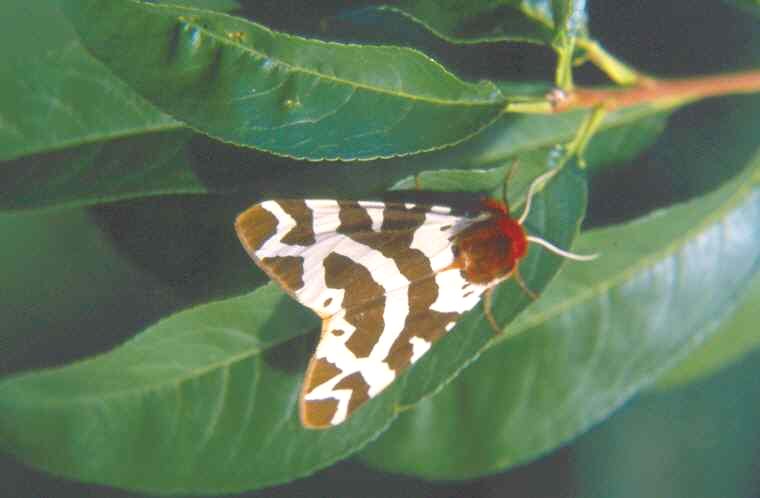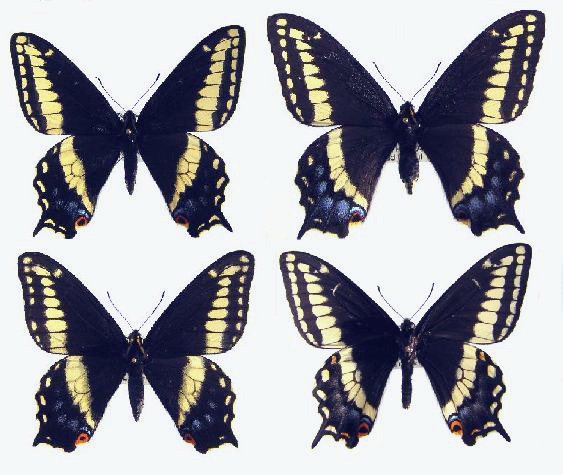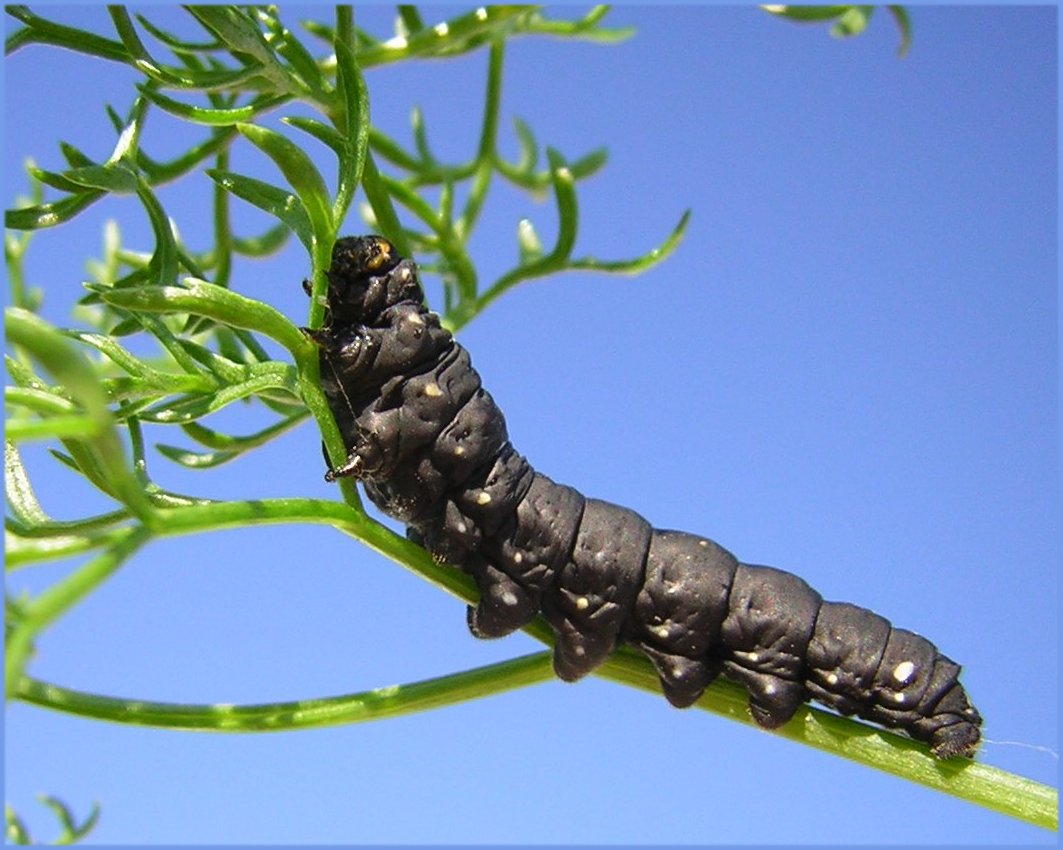
Utah Lepidopterists' Society
Founded 6 Nov 1976

|
|
Utah Lepidopterists' Society Founded 6 Nov 1976 |
|
| History | Mission | Meetings | Bulletin | Checklists | Links | Community | Field Trips | Habitat | Members | Kids | Contact Us |
Papilio indra UT West Desert segregate
West Desert indra swallowtail
 |
 |
| Adults | Mature Larva |
 |
|
| Example of habitat (click on image for larger picture) | Example of hostplant--Lomatium grayi var. "depauperatum" |
General:
Currently this race is being named and described as a subspecies by
Dr. Wayne H. Whaley in press.
This butterfly was originally noticed but undescribed
by Col. C.F. Gillette prior to 1986. In
2000, this race was unofficially designated by Whaley as "nigricampe."
For years, local collectors have referred to this butterfly as "West Desert
indra."
Utah west desert indra is short to medium tailed, and has one flight per year.
The strength of the flight varies depending upon winter precipitation. At 5000',
it generally flies from mid to late April through to mid to
late May.
The presenter of this paper
agrees with Wayne Whaley in describing this race as a valid subspecies for the
following reasons: First, west desert indra is geographically isolated from
calcicola,
nominate indra, and nevadensis.
Second, calcicola and nevadensis
hardly ever have short-tailed morphs; west desert indra does. Third, over a
long series, west desert indra has consistently more blue in the dorsal
hindwings as compared to calcicola,
nevadensis or indra indra. Fourth, some west desert indra females exhibit extremely wide
dorsal forewing bands that rival the width of specimens of P. indra fordi. Fifth,
calcicola documented
larval hostplant Lomatium
scabrum grows where bonnevillensis
flies. However, to date, west desert indra immatures have not been found
using L. scabrum. Sixth, mature larvae of west desert indra are drastically
different to Washington County calcicola.
Utah Distribution and Habitat:
Colonies of this
segreate of P. indra
exist in many North-South ranges in Utah's West Desert
including but not limited to the Dugway Range, Thomas Range, Fish Springs Range,
House Range, Cricket Range, Confusion Range, Wah Wah Mountains, and Little Drum Mountains. All of these mountain
ranges contain Limestone and exist in the vicinity of what was Lake Bonneville.
These limestone hills is where the larval hostplant grows.
Bionomics:
The larval hostplant is Lomatium grayi var. “depauperatum.” This plant seems to die off faster than any other host of indra. A first instar larva has perhaps one of the most slender white saddles as compared to other subspecies of indra. As the larva matures, this saddle has been known to disappear altogether. Third instar larvae change their resting position to the base of the hostplant where they are difficult to find. The mature larva has two basic forms from mostly black with tiny yellow dots to black with medium cream bands.
Todd Stout
All images of Limenitis weidemeyeri on the ULS Info Bar courtesy Jay Cossey